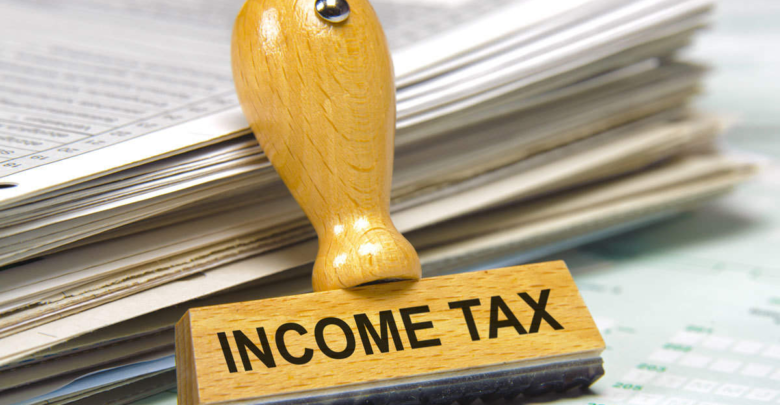Know how Income Tax Assessment is done

The financial year (FY) in India is between 1st April – 31st March, your earnings for income tax is calculated between these months. Assessment year (AY) is the year that follows after the financial year. This is the year that assesses the income made during a financial year. For example, if the financial year is 2019-2020, then the assessment period for that financial year is 2020-2021. Financial year and Assessment have a similar calendar, i.e., both begin on 1st April and end on 31st March. Since the evaluation of the income earned in the financial year, is done in the assessment year, that’s why the Income Tax forms are called AY forms. Income tax cannot be imposed on anyone without earning money. First, the money has to be earned and then taxed. This is the reason why the income tax department follows the next year rule to calculate and evaluate.
The income tax slabs in India are dynamic and keep changing. The income tax slab for AY 2020-21 are:
Individual (both resident and NRI), less than 60 years on the last day of the previous year:
| Net income range | Income-Tax rate |
| Up to Rs2,50,000 | Nil |
| Rs2,50,001 to Rs5,00,000 | 5% |
| Rs5,00,001 to Rs10,00,000 | 20% |
| Above Rs10,00,000 | 30% |
Senior citizens, who are above 60 years but less than 80 years during the previous year:
| Net income | IncomeTax rate |
| Up to Rs3,00,000 | Nil |
| Rs3,00,001 to Rs5,00,000 | 5% |
| Rs5,00,000 to Rs10,00,000 | 20% |
| Above Rs10,00,000 | 30% |
Super senior citizens, who are 80 years or more during the previous year:
| Net income | IncomeTax rate |
| Up to Rs 5,00,000 | Nil |
| Rs. 5,00,001 to Rs10,00,000 | 20% |
| Above Rs10,00,000 | 30% |
Essential things to keep in mind while filing tax returns:
- Before you start filling the forms, remember that AY and FY are two different years and proceed accordingly.
- Income Tax forms always use the term Assessment Year or AY, so one should not get confused with FY.
- People normally refer to the forms 26AS and 16A, as they broadly furnish the TDS details.
- Financial Year income proof that needs to be submitted for Assessment Year.
- Remember that the income is only evaluated after the financial year ends.
Important pointers to remember while filing taxes during Financial Year (FY)
- Know your tax category, i.e., what tax slab you fall under. Check the tables above for reference.
- Keep all the required documents. Maintain all sale deeds, rent agreement, mutual funds and bank transactions, house loan proof, investment details, insurance details, AADHAAR card, PAN card, income through property, deductions proof, foreign tax return etc.
- Select the correct Income Tax Return or ITR that is made for you.
- Link your AADHAAR and PAN details to all the relevant accounts.
- Your employer deducts TDS from your salary as per your slab. To earn the benefits of this deduction, furnish all the necessary documents. Form 16 is received from the employer that contains the details of the tax deduction and the taxable income after allowances. For a self-employed person, he/she has to pay an advance tax of Rs 10,000 every quarter.




